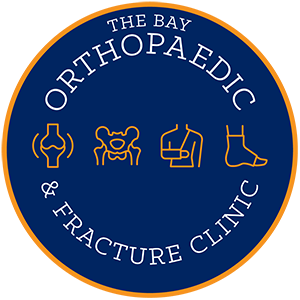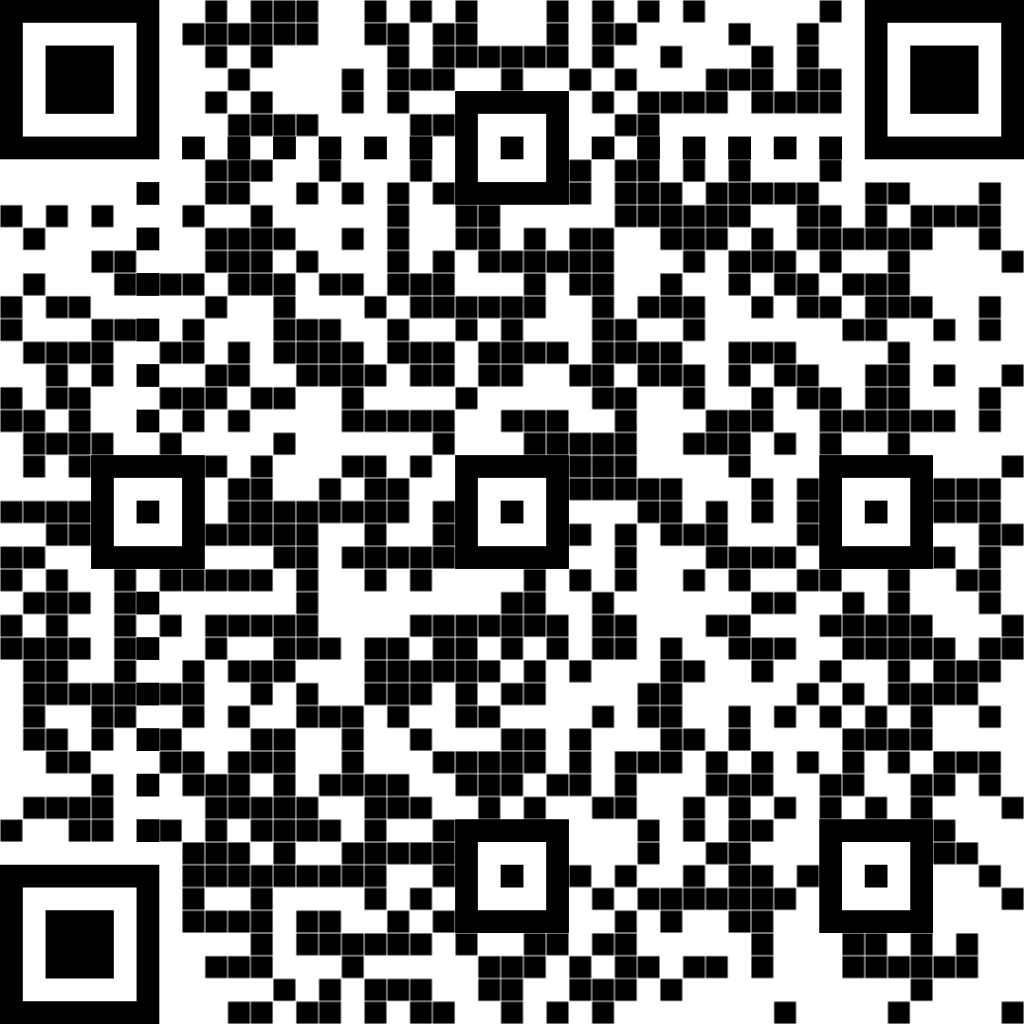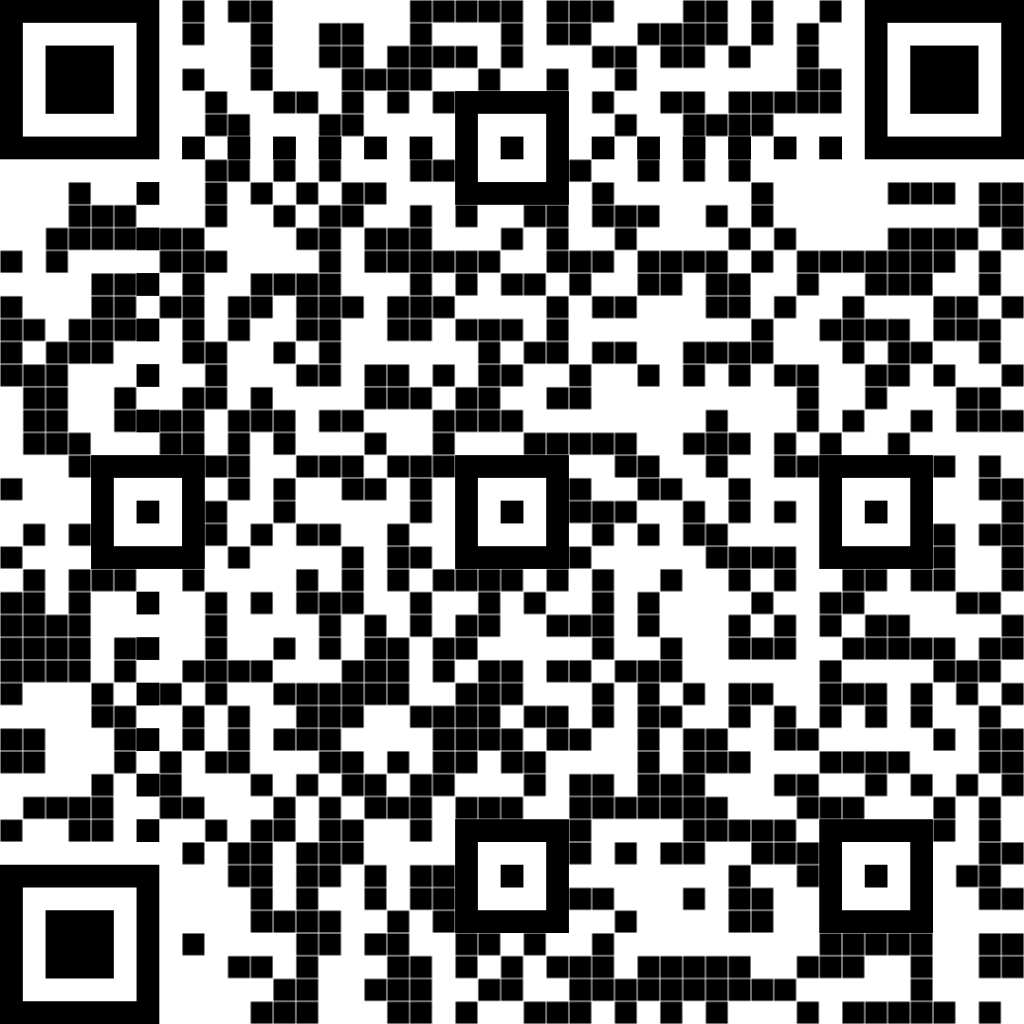The reverse shoulder replacement has been a great advance in shoulder replacement surgery over recent years.
Many patients have torn tendons in the shoulder by the time they need a replacement, and a standard shoulder replacement frequently failed as the ball of the socket would ride up into the space where the tendons would usually hold it down. This led to the innovation of the reverse shoulder, so called as its an upside down ball and socket joint relying on the big muscular deltoid shoulder muscle for movement, and being inverted reduces the chance of the implant riding up. The reverse shoulder now has success rates getting close to that of knee replacements, with similar rates of implant longevity.
We do reverse shoulder replacements with an approach through the front of the joint. To get optimal placement of screws we use a preoperative CT which makes a patient specific screw guide that sits on top of the bone during surgery to guide implant position. This leads to reliable screw and implant placement for your personal anatomy. Next year the software for the mako robot will allow for robotic shoulder replacement surgery, which is an exciting new development of this multiplatform orthopaedic robot system.
Most patients go home after 1-2 nights in hospital and are in a sling for the first 4 weeks doing simple shoulder movements and full range of elbow and wrist and hand motion. After 4 weeks we start more intensive physio, and limit twisting out of the shoulder until 6 weeks.
We have much more information to give you about shoulder surgery!
If you wish to discuss this further please call the reception team on 07 4128 0736 and they’ll be happy to help.
© 2022- The Bay Orthopaedic & Fracture Clinic | Privacy Policy | Disclaimer | Website design:



